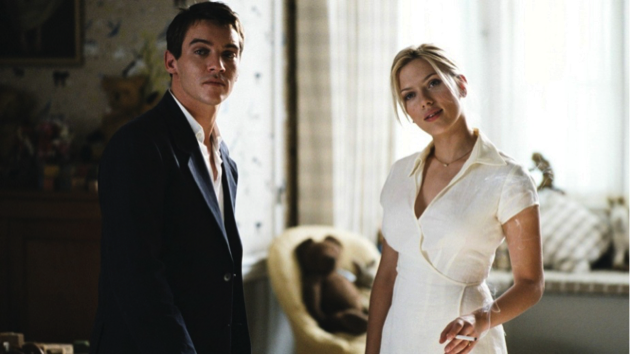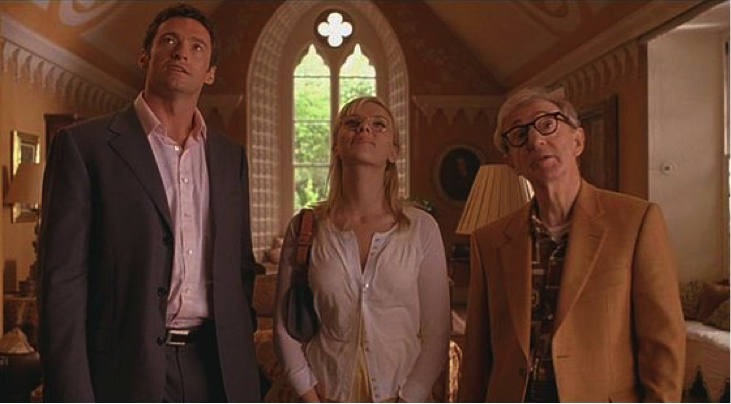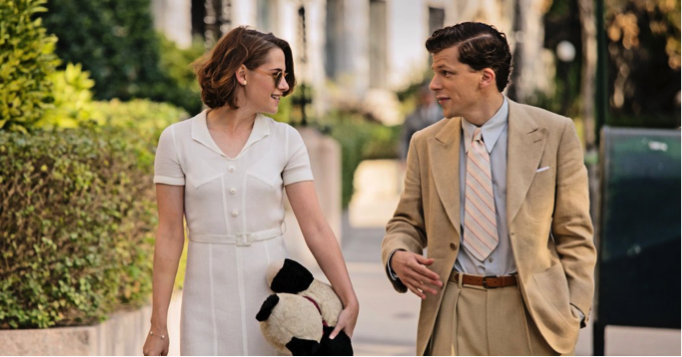Anuradha Mukherjee
Aesthetics of Fashion
Often downplayed yet rarely unnoticed, costumes in the films of Woody Allen have inspired global fashion trends for years. Annie Hall prospered greatly as a film, but its triumph didn’t stop at its directorial and narrative success. Given free rein to dress her character, Diane Keaton was allowed to draw inspiration from the world around her and construct her wardrobe herself, her collaboration with the cast and crew creating a very separate, androgynous style. Iconic and cherished still today as a powerhouse look, Annie Hall is just one of the many films that reflect the masculine-feminine balance that remains relevant to Allen’s filmography. Exploring the strength of fashion frequently through pastel cream tones and tennis whites, the delicate hues often paired with the browns, the sense of style reflected in these films make as much of a mark as his conversational scripts and complex characters.
While this androgyny is the aesthetic that first comes to mind while thinking of his films, most of Allen’s movies reflect period-appropriate outfits, highlighted especially by the flapper dresses and glitz of the 1920s through films like Midnight in Paris and Magic in the Moonlight. Channelling the aura of the upper-class elite in Blue Jasmine, Blanchett’s titular role is perhaps one of Allen’s most expensive characters, the Chanel and Louis Vuitton that she is seen outfitted in curated by stylist Suzy Benzinger, who invested significant time (and money) in tracing the character’s rise and fall through her clothing as well.
Rarely suggestive and often alluring through their acting rather than relying on clothing, Allen’s characters are generally seen working with style in a very non-provocative way, although certain characters like Penelope Cruz in Vicky Cristina Barcelona stand out as an exception, their style different from the rest of the universe of Allen’s movies, yet noted among fashion columns all the same.
With a very particular sense of style of his own, Allen is often observed playing an active role in his movie but doing it simplistically, typically playing a casually dressed, unassuming man in his films. Outfitted in plaid clothes, layered shirts, tweed jackets, cardigans always coupled with his trademark thick-rimmed glasses, he creates an identifiable image for himself that allows him to stand out despite the normalcy of his style. This self-assured aesthetic is likely the source of the strength of
Annie Hall (1977)
Blue Jasmine (2013)
Café Society (2016)
Manhattan (1979)
Match point (2005)
Melinda and Melinda (2004)
Scoop (2006)

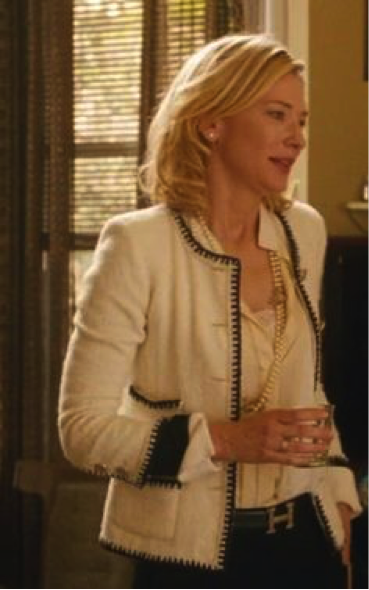
Blue Jasmine 2013
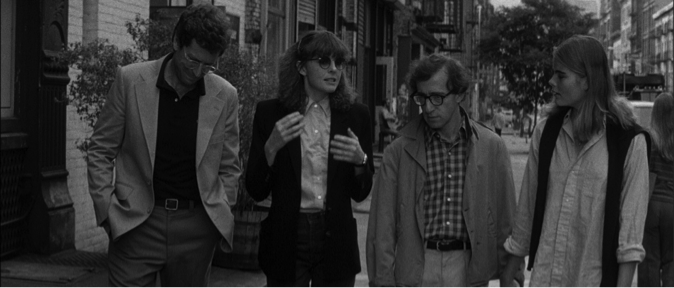
Manhattan 1979
